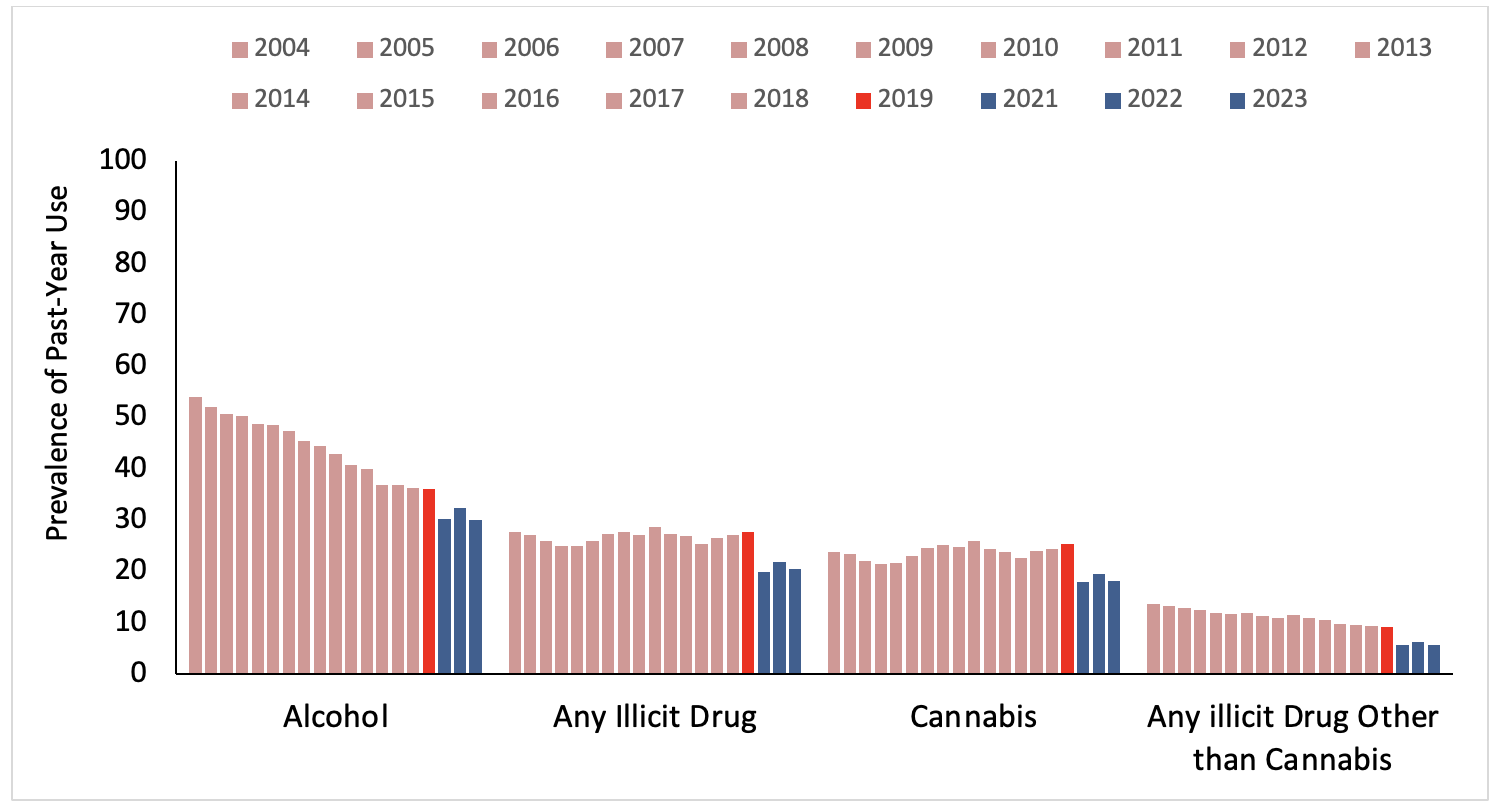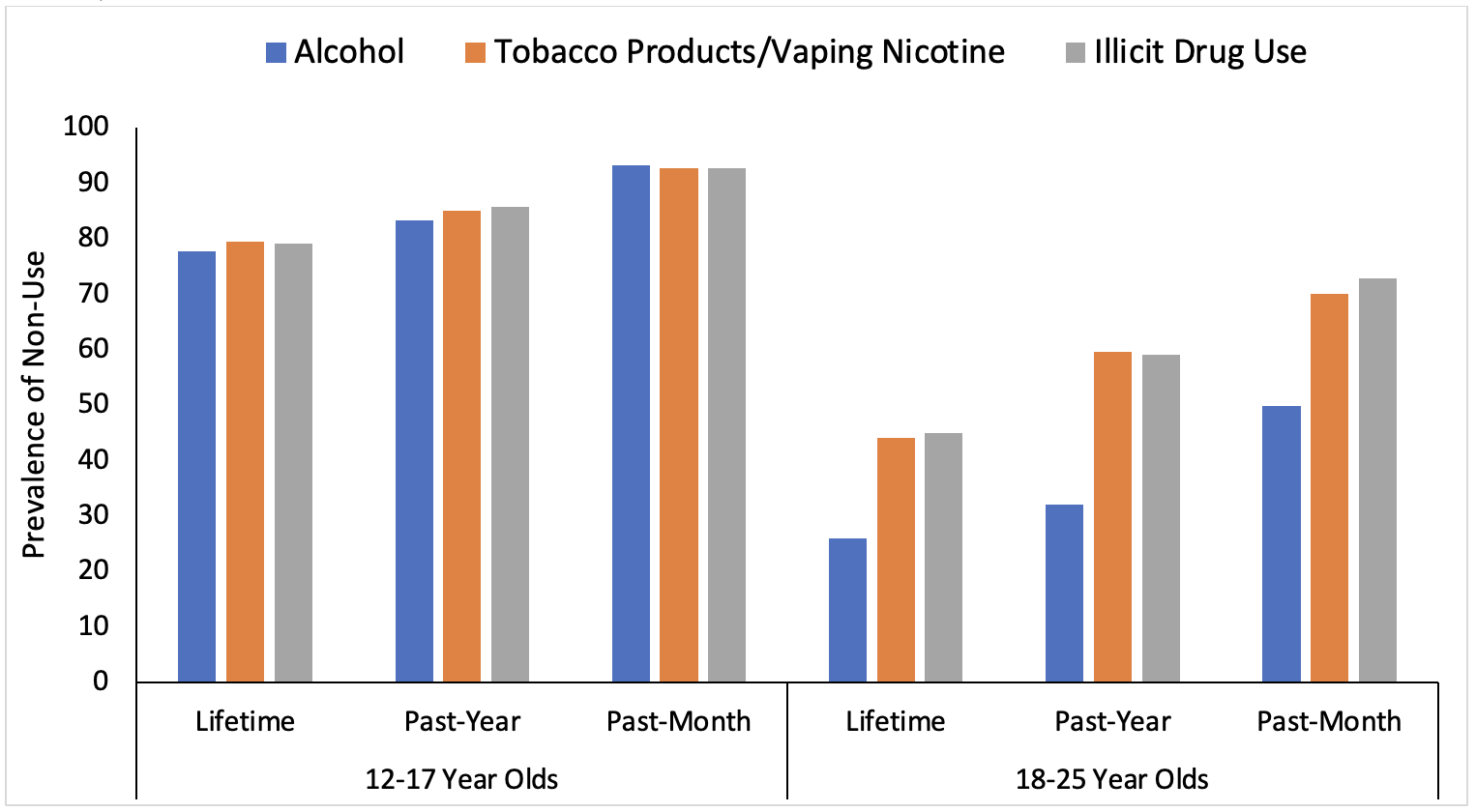News
Guest Editorial: Substance Use Prevention – A Comprehensive Approach to Meet the Moment
Christopher M. Jones, PharmD, DrPH, MPH is a captain in the US Public Health Service and currently serves as director of the Center for Substance Abuse Prevention at the Substance Abuse and Mental Health Services Administration (SAMHSA).
The United States is in the midst of an evolving and dynamic overdose crisis, driven by the proliferation of fake pills that contain illicitly made fentanyl and other synthetic opioids. Recently released data from the Centers for Disease Control and Prevention (CDC) show more than 107,000 lives lost to overdose in 2022 – the largest number of deaths reported to date. CDC also published data estimating the number of lives lost due to excessive alcohol use – nearly 178,000 each year – an often-overlooked dimension of our nation’s substance use challenges.
Beyond the mortality statistics, we know millions more are struggling with substance use every day. SAMHSA’s latest National Survey on Drug Use and Health shows that among people 12 years or older, 78.3 million reported tobacco product or nicotine vaping in the past year, 70.3 million reported illicit drug use or prescription drug misuse in the past year, 61.2 million reported binge drinking in the past month, and 48.7 million had a past-year substance use disorder.
The reality is that substance use has never been riskier, whether it is someone who is engaging in initial use or someone with a long-standing substance use disorder. The risk of overdose and other harms is now elevated with any use of an illicit drug, given the potency, lethality, and unpredictability of fentanyl (and other additives such as xylazine) in the illicit drug supply. Importantly, these substance use challenges are happening against the backdrop of rising mental health challenges, especially among young people, that are closely linked to substance use and overdose.
These dynamic and interrelated challenges mean that we have to approach our substance use prevention work in new and innovative ways — addressing the acute urgency of rising overdose deaths and other substance use-related harms, while remaining laser-focused on addressing the root drivers of substance use at the individual, family, school, community, and society levels. That is why SAMHSA included preventing substance use and overdose as a key pillar of its Strategic Plan.
Fortunately, decades of prevention science and community- and practice-based experience show that prevention works. Indeed, the potential for prevention strategies to prevent the initiation of substance use, prevent the progression of substance use to substance use disorders, and reduce substance use-related harms was well-articulated by ASAM in its Public Policy Statement on Prevention released in July 2023.
While we face many challenges, we are seeing progress in our prevention work. According to the 2023 Monitoring the Future Survey, prevalence of past-year substance use, across a range of substances, among 8th, 10th, and 12th grade students is down over the last two decades and generally remains lower than pre-COVID-19 levels. For example, when comparing 2023 to 2004, past-year alcohol use has declined 44%, any illicit drug use has declined 26%, cannabis use has declined 24%, and any illicit drug use other than cannabis has declined 59% (Figure 1).
Figure 1. Prevalence of Past-Year Use Among 8th, 10th, 12th Grade Students, United States, 2004-2023

Data Source: Monitoring the Future: mtfoverview2024.pdf (monitoringthefuture.org)
In addition, although it may run counter to the common narrative playing out in communities that young people are using substances, the reality is that the vast majority of adolescents do not use substances. In fact, according to SAMHSA’s NSDUH, among 12- to 17- year-olds in the U.S., 77.7% have never used alcohol, 79.4% have never used tobacco products or vaped nicotine, and 79.1% have never used illicit drugs (including cannabis or misuse of prescription drugs). The percentages of adolescents reporting no use in the past-year and the past-month are even higher (Figure 2).
Figure 2. Prevalence of Lifetime, Past-Year, and Past-Month Non-Use of Alcohol, Tobacco Products/Nicotine Vaping, and Illicit Drugs, Among People Aged 12-17 and 18-25, United States, 2022

Data source: National Survey on Drug Use and Health: https://www.samhsa.gov/data/report/2022-nsduh-detailed-tables
However, as depicted in Figure 2, reporting no lifetime, past-year, or past-month use drops substantially when we look at 18- to 25-year-olds, indicating that prevention can’t be limited to just youth and could improve health and well-being across the lifespan. These statistics also underscore the critical importance of prevention early in life, when brains are still developing and patterns of healthy and health-risk behaviors are starting to take shape.
As we think about how to approach substance use prevention, it is critical to note that substance use has no single cause — and that’s why in our prevention work at CSAP and in the field more broadly we are focused on the spectrum of protective factors, risk factors, and root drivers of substance use. At its core, prevention works by strengthening protective factors and reducing risk factors at the individual, family, school, community, and society levels.
Some examples of risk factors include: genetics, initiating substance use early, a low level of emotional and communication skills in the family; substance use in the family or home; trauma; exposure to abuse, neglect, or violence in the home, school, or community; community norms and attitudes as well as policies favorable to substance use; having a mental health condition; and lack of life opportunity and connectedness at school or in the community.
On the flip side, examples of protective factors include: developing problem-solving and conflict resolution skills; developing emotional intelligence (including how to handle and process emotions); having positive peer, family, and community relationships; participating in healthy activities and connections (sports and recreation, arts, faith-based, cultural connections, etc.); and having opportunities for education, employment, and engagement.
We also recognize that substance use and overdose is a health equity issue ― substance use patterns and substance use-related harms vary based on where someone lives, their socioeconomic status, race/ethnicity, sexual orientation or gender identity, and access to services and supports. To optimize the impact of prevention, we must incorporate efforts to address the social determinants of health – economic stability, education access and quality, health care access and quality, the built environment, and social and community context.
Addiction medicine and other clinicians have an important role to play in advancing prevention in communities. Across the prevention continuum, there are multiple opportunities for clinicians to take action that can improve health and save lives. This includes: instituting screening and early intervention services, providing or linking people to care or to social and other support services, prescribing naloxone, or treating substance use-related infectious diseases. Clinicians can also help set community norms on prevention — raising awareness about the risks of substance use, engaging with community partners, and being key advocates for the importance of prevention as part of the behavioral health continuum.
We’re all partners in prevention. Each of us has a role to play, in preventing substance use — and preventing human suffering — as individuals, as healthcare providers, among family and friends, at work and school, in our communities, and in society. Ultimately, prevention is about supporting healthy social and emotional development; preventing and addressing trauma; supporting parents and strengthening families; expanding evidence-based programs in communities and schools; and improving the safety, stability, and livability of community environments.
National Prevention Week (May 12 to May 18) provides an opportunity for each of us ― individually and collectively ― to redouble our efforts to advance the life-saving work of substance use prevention. NPW offers a platform to showcase the work of communities and organizations across the country to prevent substance use and promote well-being. And throughout each year, SAMHSA offers prevention campaigns, events, and resources — with opportunities to get involved.
The reality is that we are facing significant substance use and mental health challenges in our country. Rather than continuously playing catch up, prevention provides us an opportunity to get ahead of these challenges ― so that kids, families, and communities can be healthy, safe, and thrive. We applaud ASAM’s efforts on prevention and welcome you as a critical partner in this work.
